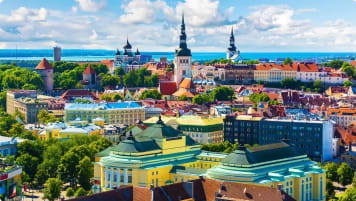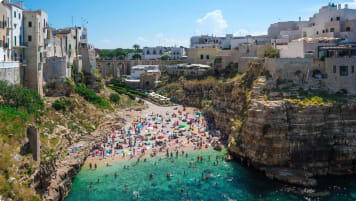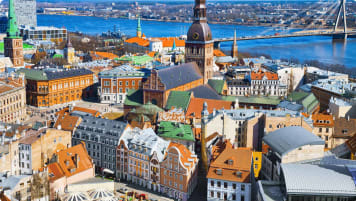History of the Baltic States: The Definitive Guide for Senior Travellers
History of the Baltic States The term “Baltic states”–used to describe the countries of Estonia, Latvia, and Lithuania–is a geopolitical term, a shorthand to group together these three Northern European sovereign states. But though the…
13 Jun 19 · 9 mins read
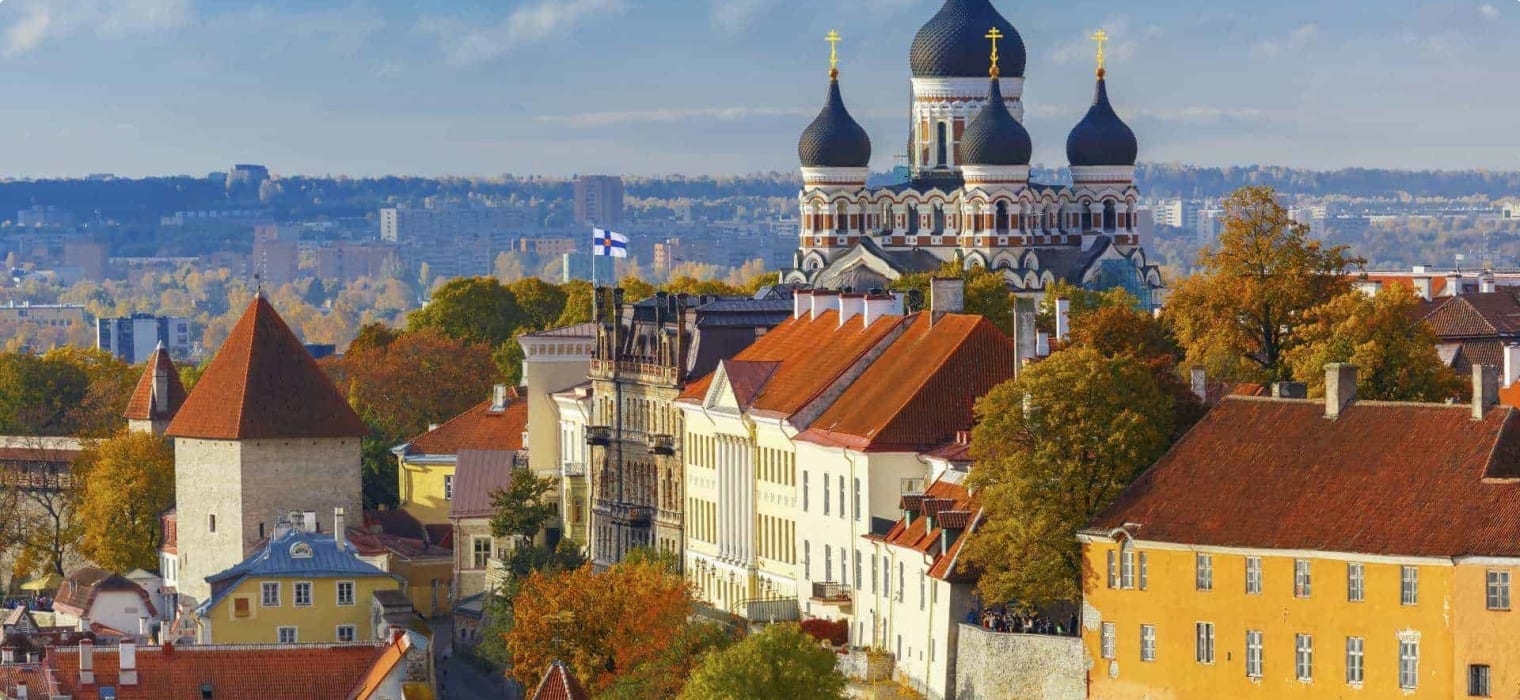
History of the Baltic States
The term “Baltic states”–used to describe the countries of Estonia, Latvia, and Lithuania–is a geopolitical term, a shorthand to group together these three Northern European sovereign states. But though the three Baltic states do not form an official union, they were once entwined in a chaotic and dramatic history that centred on the Baltic Sea. Robert Legvold describes the region as “a battleground, a transport corridor, and a treasure” linking the histories of the three states, as well as those of the empires that tried to subdue them, notably Sweden, Russia, and Germany. In The Baltic: A History (translated from the German by Kenneth Kronenberg), Michael North (2016) declares that “there is no such thing as a single Baltic…Rather, there are many Baltics, which…have been constantly reinvented and reconstituted by trade and cultures[.]” (p. 2).
This article will share a brief overview of the history of the Baltic states.

“Mare Balticum”
The region gets its name from the sea, and the sea’s name (in Latin) first appeared in writing in the 11th century books of German medieval chronicler Adam of Bremen. He referred to it as mare Balticum, explaining that the inhabitants called it Balticus “because it stretched like a belt (in modum baltei) as far as the Scythian regions and Greece” (North, 2016, p. 3). At the time, the Baltic Sea was also called the Scythian Sea.
Before the time of Adam of Bremen, the Roman historian Tacitus described an agricultural people he called the Aestii (referred to as “Balt” in the 19th century) living on the southeastern shores of the Baltic. In the Bronze Age, the western part of the Baltic region became known as the “land of amber”. Amber, or “Baltic Gold”, is a translucent fossilised tree resin yellow or yellow-brown in colour that is used in jewellery and ornaments. Amber would wash from the bottom of the sea onto the beaches, where pieces of it were collected. In ancient times, it was also believed to have medicinal properties and was burned for its fragrance. Amber became a valuable material that was traded by seafarers all over Europe and the Near East.
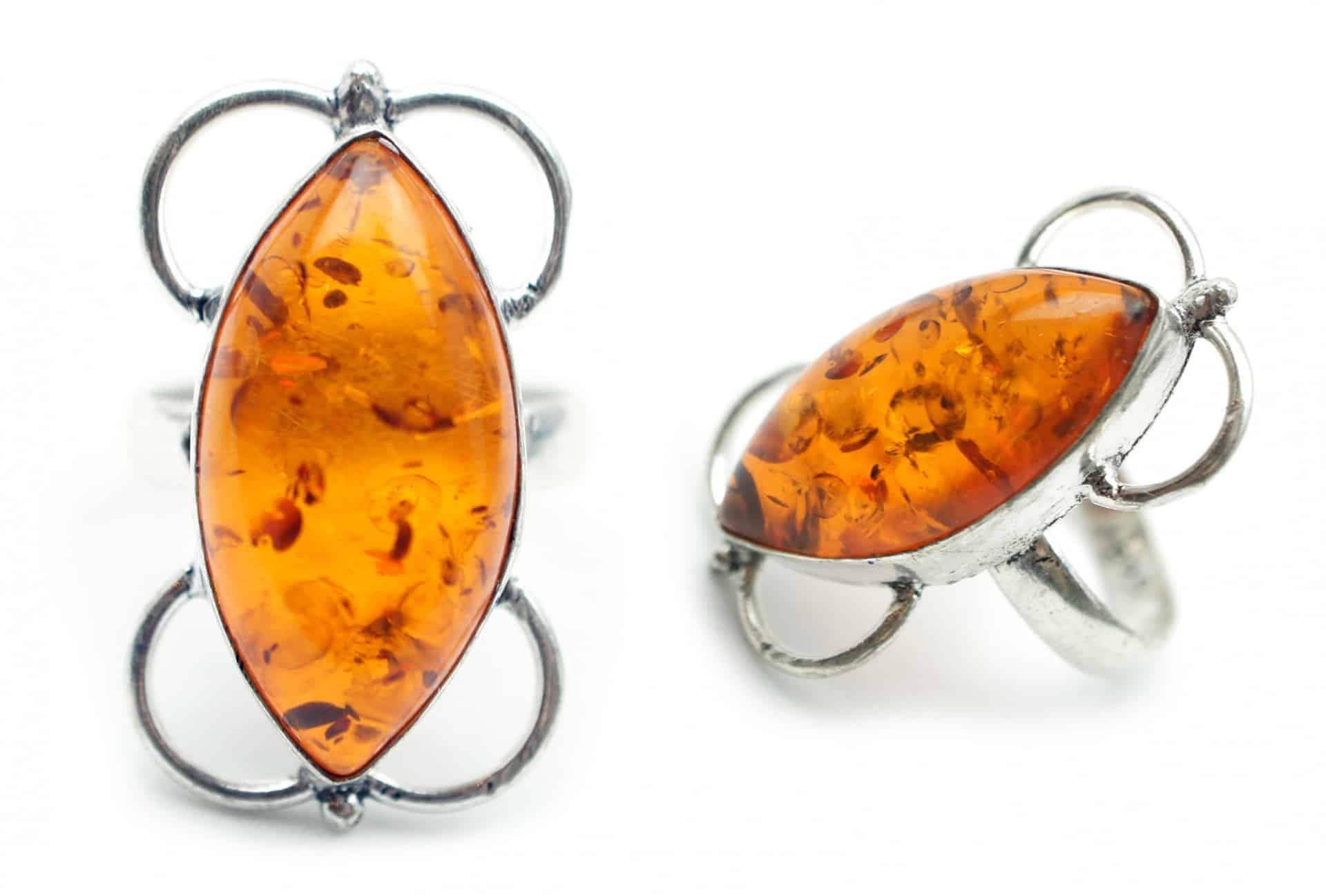
Aside from Tacitus’s description, Adam of Bremen’s account, and other myths and stories retold by writers, there were no other historical records existing regarding the Baltic peoples prior to the 13th century, which was when written documents were established with the (forcible) introduction of Christianity.
Christianity and the Northern Crusades
Based on surviving folklore and folk songs (dainas), the Aestii or Balts worshipped the forces of nature. Haralds Biezais (1998) however cautions that ancient Baltic religions require further research and a critical approach as written documents were established by Christians and were coloured by Christian interpretations.
What was clear though was that Christian forces wanted to convert the Baltic peoples, who continued to practice their ancient religion on the borders of Christian Germany, and to expand their territory. Incursions into the Baltics began in the 9th century with the Scandinavian Vikings and continued up to the 11th century with the East Slav tribes (chiefly Russians, Ukrainians, and Belarusians). In 1219 to 1220, Valdemar II, king of Denmark, conquered much of what is now northern Estonia.
In the 12th century, the Germans joined the fray with the launch of the Northern (or Baltic) Crusades, propelled by this statement by Pope Eugenius III, a declaration of war and intolerance:
We utterly forbid that for any reason whatsoever a truce should be made with these tribes, either for the sake of money, or for the sake of tribute, until such time as, by God’s help, they shall be either converted or wiped out. (source)
By 1227, the German Crusaders, made up of the formidable Order of the Brothers of the Sword and the Knights of the Teutonic Order, had overrun the remainder of Estonia outside the Danish realm and what is now Latvia. The tribes living there were Christianised and subdued.
Meanwhile, the Lithuanians, surrounded and protected by inaccessible dense forests, had time to prepare against the attacks. A unified Lithuania emerged in the 1230s under Mindaugas, who united the tribes. The strategy proved effective: Lithuania managed to push back against the Brothers of the Sword in 1236 and deliver a crushing blow. What remained of the Brothers reorganised into the Livonian Order, which became a branch of the Teutonic Knights.
The Livonian Order took southern Estonia and majority of Latvia, calling the territory Livonia. The Teutonic Knights took Prussia (a historical region in the Baltic which later grew into a kingdom), while Denmark retained its control of northern Estonia.
Northern Estonia would later pass to the Hanseatic League, a federation of German merchants, in the 13th century. The region also had independent ecclesiastical states, further splintering the Baltic region.
Grand Duchy of Lithuania
The situation was very different in Lithuania. Having succeeded against the Christian crusaders, Lithuania retained independence as well as their faith. The Teutonic Knights and members of the Livonian Order tried to continue the crusade into the territory (as it was clear by this point that the Orders wanted land as much as Christian converts), but Lithuania resisted, even expanding into neighbouring lands, including present-day Belarus and a large part of Ukraine.
The Grand Duchy of Lithuania expanded east, besieging Muscovy (or the Grand Duchy of Moscow, present-day Moscow, Russia). By the 14th century, it was the largest country in Europe. The Lithuanian princes, who now ruled over Muslims, Jews, and Christians, practised religious tolerance, which contributed to maintaining political and social stability within the Duchy.
Externally, the Grand Duchy of Lithuania exuded power, but internally it was being torn apart by familial conflict. This led Grand Duke Jogalia to seek an ally. The choice was either Moscow (and Orthodox Christianity) or Poland (and Roman Catholicism). In 1385, Jogalia chose Poland, converting to Roman Catholicism and marrying Queen Jadwiga. He accepted the crown as King Władisław II Jagiełło of Poland, while the Duchy passed to his brother.
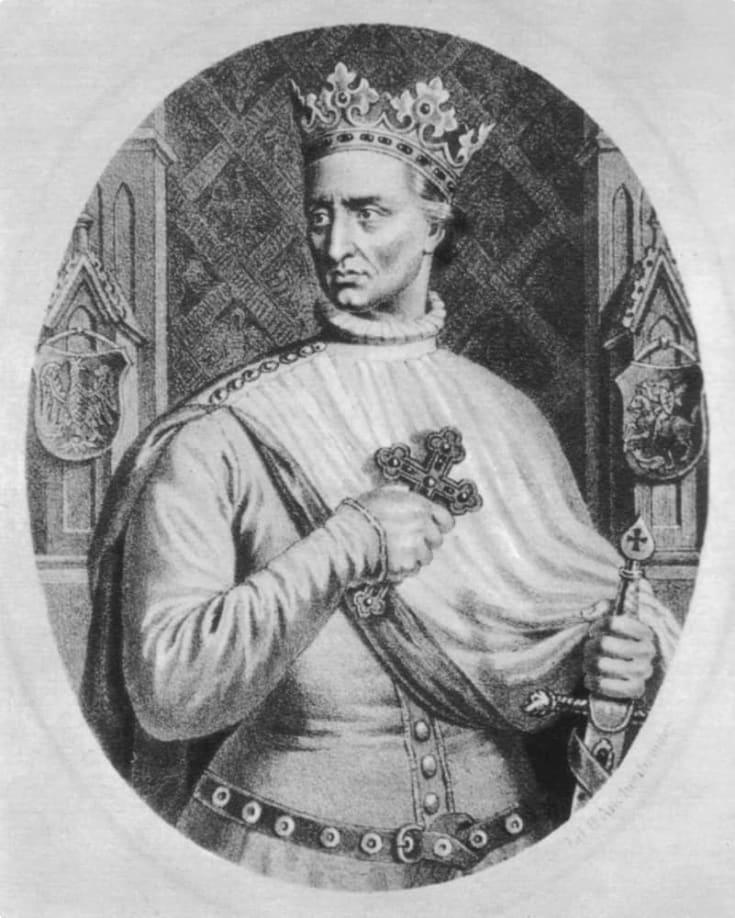
Polish-Lithuanian Union
The loose alliance between Lithuania and Poland was formalised two centuries later in the 1569 Union of Lublin. The pact was urged, among many factors, by the rising threat of Ivan IV (also known as Ivan the Terrible) of Russia, who was already at war with Livonia. The Union of Lublin united Lithuania and Poland into a single state, ruled by a single sovereign, but retaining their own separate armies, treasuries, civil administrations, and laws. Poland emerged as the dominant partner in this union, which exerted strong Polish influence on both Lithuanian politics and culture.
In 1561, the Livonian Order dissolved, unable to withstand the onslaughts of Ivan the Terrible’s army. The Order placed Livonia under Lithuanian protection, and northern Estonia under Swedish protection. Ivan IV then waged war against Sweden and the Polish-Lithuanian Commonwealth. This decision did not end well for him, and the war ended in a peace pact, with Russia renouncing its claims in the region.
Three Duchies
The Baltic region eventually broke up into three duchies—Courland (in present-day western Latvia), Livonia, and Estland (or “Eastland”, the Swedish term for Estonia). This division would remain until 1917, though governing empires of each duchy would change.
Livonia was folded into Lithuania, Courland came under Lithuanian suzerainty (and became somehow independent, even acquiring its own colonies), and Estland stayed under Swedish rule. A treaty in 1629 incorporated Livonia into the Swedish duchy, and by 1645 Sweden was controlling all of (present-day) Estonia.
A major development under Swedish rule was the establishment in 1632 of a university that would later be known as the University of Tartu–today still Estonia’s biggest and most prestigious university–as well as the introduction of compulsory elementary education.
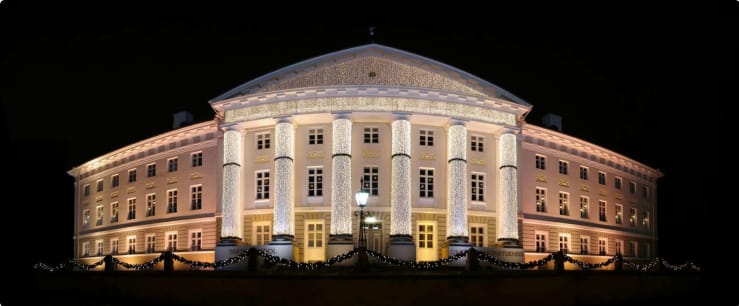
Great Northern War
From about 1560 to 1658, Sweden dominated Northern Europe, creating an empire centred in the Baltic and capturing territory in Germany, Norway, and Denmark. In 1697, Charles XII, only aged 14, ascended Sweden’s throne, and an anti-Swedish coalition led by Russia’s Peter I (the Great) found it the perfect opportunity to challenge Sweden’s domination and declare war.
The Great Northern War lasted 21 years and ended with the incorporation of Estonia and Livonia into the Russian Empire. The Polish-Lithuanian Commonwealth, meanwhile, was weakened by war and subjected to a succession of territorial seizures by the Austrian Habsburgs, the Kingdom of Prussia, and the Russian Empire. What was once the Grand Duchy of Lithuania was partitioned between Russia and Prussia (with Russia getting majority of the territory), and fully came under Russian rule in 1815. Lithuania as a sovereign state disappeared from the map of the world for more than a century.
Russian Domination
At this point, the history of the three Baltic states converged. They were ruled by the Russian tsars from the imperial capital of St Petersburg, a new city on the Baltic Sea, which was built by the order of Peter the Great in 1703 years before the official end of the Great Northern War.
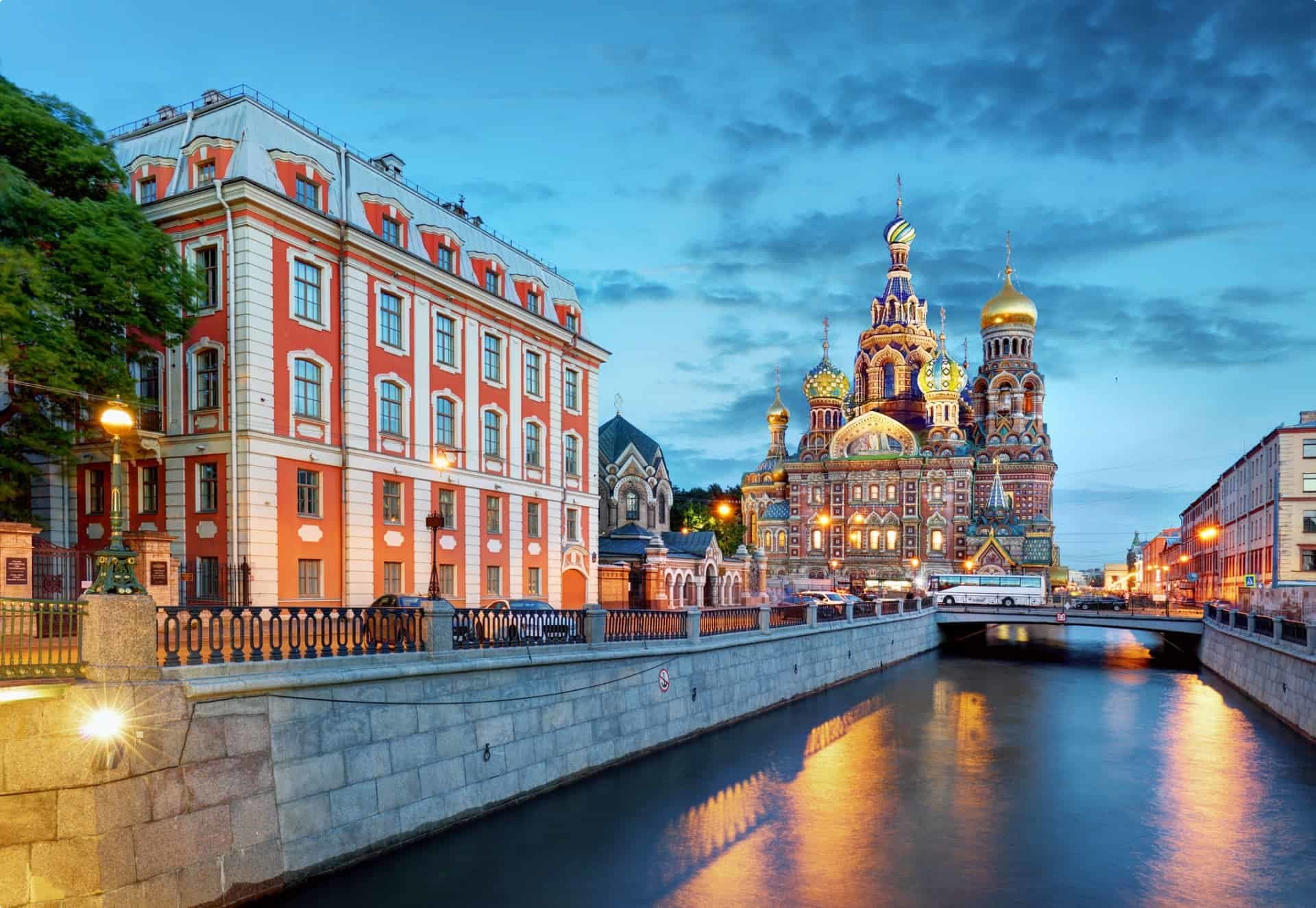
Tsarist rule became more repressive in Lithuania after it provided support to Polish uprisings against Russia in the 19th century, with the tsars forcing Lithuanians to use the Russian language and the Cyrillic alphabet.
Russification also occurred in Estonia and Courland (Latvia), but the two Baltic Russian provinces had the advantage of being somehow shielded by higher literacy developed by more than a century of compulsory education, which began under Swedish rule, and the formation of national consciousness.
The Baltic region participated in the 1905 Russian Revolution, which eventually paved the way for the fall of the Russian tsarist regime.
1920, A Brief Independence
In 1914, the First World War broke out. After the withdrawal of the outnumbered imperial Russian Army, the German Empire took over Lithuania and Courland, merely a year after the war began.
In 1917, the Bolsheviks toppled the tsarist regime in Russia. The new Bolshevik government under Vladimir Lenin signed a peace treaty in 1918 (Treaty of Brest-Litovsk) with the Central Powers composed of the German Empire, Austria–Hungary, Bulgaria, and the Ottoman Empire. In the treaty, the new Russian government ceded Russia’s remaining control in the Baltic. Now all the Baltic states fell under German military occupation.
Germany recognised the region’s “independence”, but the Baltic states were still ruled by German puppet governments. Germany’s defeat in the war in 1918 opened an avenue for the Soviet Union to re-impose Russian control on the Baltic region.
The Baltic states fought back, and after centuries of conquest and serfdom imposed by various competing empires, Estonia, Latvia, and Lithuania gained political and economic independence in 1920.
Soviet Occupation and Mass Deportations
Ravaged by war and economic hardships, all three states faced difficult political restructuring and experienced unstable governments that eventually gave way to right-wing authoritarian regimes.
The uneasy independence did not last; in 1940, the Soviet Union occupied Lithuania, followed just days later by Latvia and Estonia. Soviet control, broken only briefly by German occupation in the last few years of World War II, would last until 1991.
In a region of tragic stories, one appears in the modern age as the Baltic region’s darkest hour–the mass deportation of its citizens to Siberia. Those deported were branded “enemies of the state” but later the targets became arbitrary. As DW reports, “the ‘crime’ for which most deportees were punished was either nonexistent or a vague suspicion of potential disloyalty to the Stalin regime.”
The first wave of deportations began in 1941, and was interrupted when Nazi Germany attacked the Soviet Union. After the war, Stalin continued the deportations with the more brutal Operation Priboi (Operation “Coastal Surf”) in 1949. The rationale behind the operation was to speed up collectivisation, which was going too slow for Stalin’s taste, especially with the resistance of farmers (the “kulaks” or wealthy peasants) who had built a decent life on the land they tilled.
Around 100,000 Estonians, Latvians, Lithuanians were seized from their homes and sent to labour camps in Siberia in March 1949. The rate of collectivisation jumped from single to double digits (up to 64%) in a single month. Many died on the journey and while labouring on the permafrost. The exile was for life, but after Stalin’s death in 1953, survivors were allowed to return.
Independence
The Baltic region became a hotbed of resistance against Soviet rule. Lithuania declared its independence in 1990, followed by Estonia and Latvia. These proclamations were not recognised by Moscow, and Soviet military responded with violence, sending troops into the Baltics and seizing the Vilnius television tower. Hundreds of civilians were either killed or injured in the resulting bloodshed.
After a failed coup against Mikhail Gorbachev and months before the dissolution of the USSR, many countries of the world recognised the independence of the Baltic states and questioned the legality of their incorporation into the Soviet Union. In September 1991, two months before the USSR’s dissolution, the Soviet Union finally recognised Baltic independence. Estonia, Latvia, and Lithuania joined the United Nations as sovereign countries.

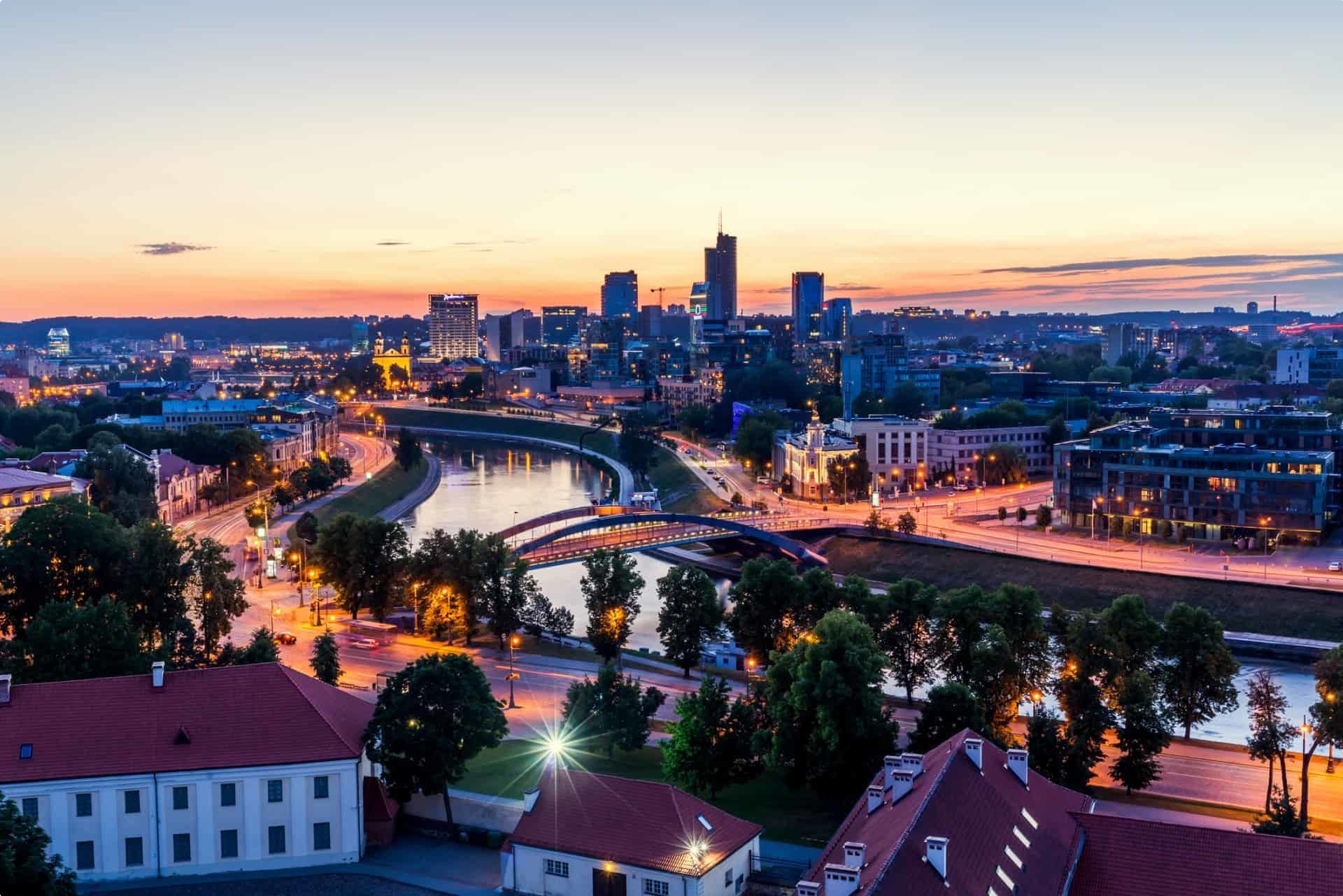
All three countries are now members of the European Union and other treaty alliances. Estonia has also gained a seat on the United Nations Security Council from 2020 to 2021. Estonia’s President Kersti Kaljulaid, responding to the UN vote, shares a sentiment that must have rang deep and true in the Baltic region: “It helps us stand for a better world – for the values, without which we and many other countries and nations would have no place in the world”.
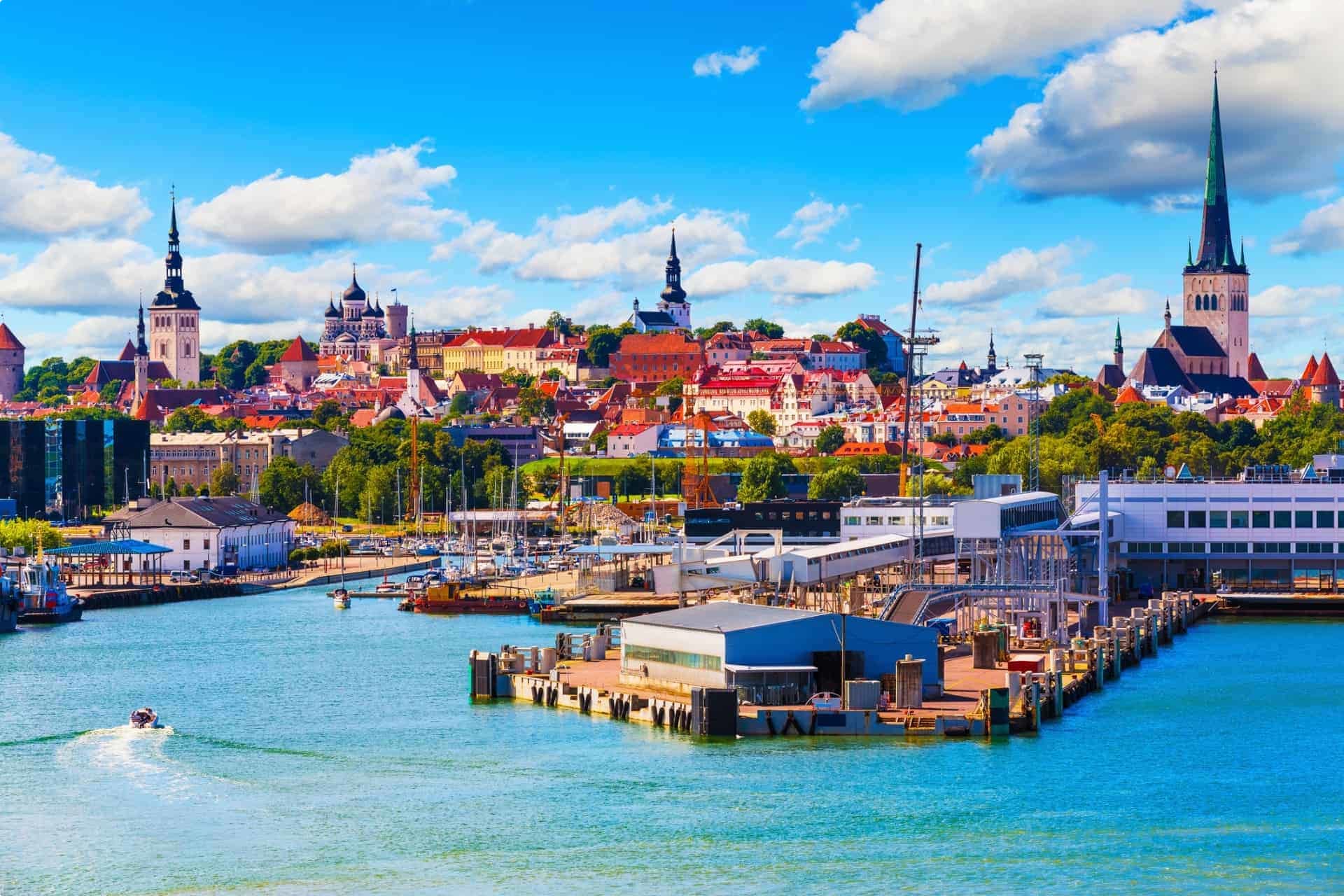
This is a short summary of a very long and complex history. If you want to learn more, we recommend The Baltic: A History by Michael North (translated from the German by Kenneth Kronenberg) and published by Harvard University Press, as well as the links to resources throughout this piece.
Odyssey Traveller also organises a tour to the Baltic nations of Estonia, Latvia, and Lithuania. Odyssey’s small group tours are fully escorted (accompanied for the whole tour by an Odyssey Program Leader with local guides) and are especially designed for senior travellers. This tour runs 21 days and begins in Berlin, Germany, and travels to Poland, Finland, Lithuania, Latvia, and Estonia, before ending in St Petersburg, Russia.
Just click through to see the full itinerary and sign up! The encircled numbers on the map below refer to the number of nights spent in each destination, with green indicating the starting point, and the red circle the end point.

Related Tours

21 days
Sep, MayBaltics Small Group Escorted Tour: Latvia, Estonia, Lithuania
Visiting Estonia, Finland
An escorted small group tour to the Baltic States of Europe that explores the key destinations of this region starting in Berlin, then making its way through Poland, Estonia, Latvia, Lithuania, Finland and concluding in St. Petersburg. Each day has scheduled itineraries supported by local guides who share knowledge and authentic experiences of the places visited. This is small group travelling to the Baltics for like minded people.
From A$13,995 AUD
View Tour
days
Oct, MayHelsinki to Irkutsk on the Trans-Siberian Railway
Visiting Finland, Russia
Escorted tour on the Trans-Siberian railway network from West to East starting in Helsinki and finishing in Irkutsk after 21 days. This is small group travel with like minded people and itineraries that maximise the travel experience of the 6 key destinations explored en-route. Our small group journeys are for mature couples and solo travellers.
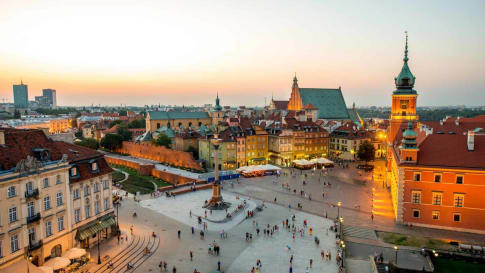
21 days
Jun, Sep, May, OctExploring Poland | Poland Small Group Tour
Visiting Poland
Odyssey's European tour of Poland provides the guests with authentic experiences in a range of key historical destinations to enjoy. Your tour leader supported by knowledgeable local guides who provide daily itineraries that often take you off the beaten path to learn more about the places visited.
From A$13,340 AUD
View Tour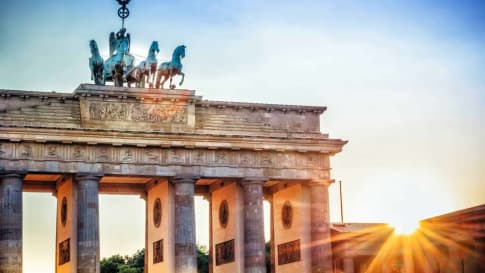
12 days
Oct, MayBerlin walking tour
Visiting Germany
Enjoy an escorted walking tour of Berlin. This small group holiday is for like minded people, mature couples or solo travelers who enjoy getting off the beaten track and exploring with some adventure. The itineraries set for each day follow sections of the Berlin Wall, whilst local guides realise authentic experiences found in this amazing city.
From A$8,745 AUD
View Tour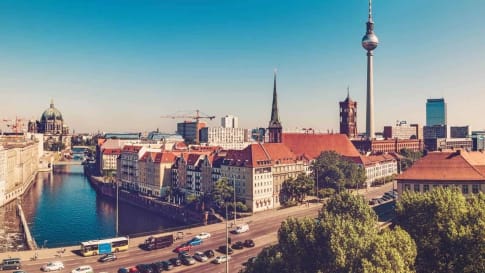
20 days
Apr, SepDiscovering Berlin Small Group Tour | 20 days living in Berlin
Visiting Germany
Experience Berlin while living there for almost three weeks in an apartment. From one of the best small group tour companies for Europe enjoy an escorted tour learning about the city's history and experiencing it like a Berliner. This holiday is for like minded people, mature couples or solo travelers who enjoy getting off the beaten track and exploring with some adventure.
From A$12,795 AUD
View Tour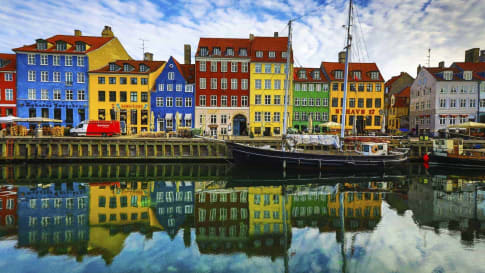
13 days
Jun, SepScandinavia tours for mature travellers
Visiting Denmark, Norway
Uncover on a small group tour for couples and solo travellers, a Viking past and view of the world’s biggest fjords on this journey through Scandinavia. In low-lying Denmark our small group journey takes us to visit the Zeeland, the sea land, and our program includes the vibrant capital of Copenhagen. In Norway we travel through endless forests, skirting great fjords to Bergen.
From A$14,995 AUD
View Tour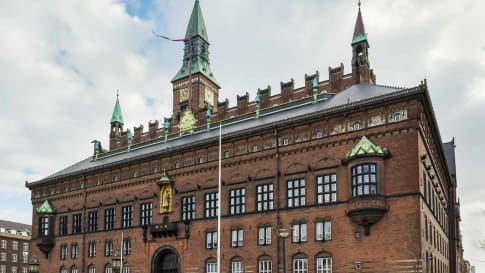
20 days
Aug, MayTour of Denmark's Culture & History
Visiting Denmark
Experience group travel for couples and single travellers to Denmark. This European tour provides a travel experience based around key destinations and itineraries that provide authentic experiences in Denmark .A single supplement applies for solo travellers.
From A$15,895 AUD
View Tour